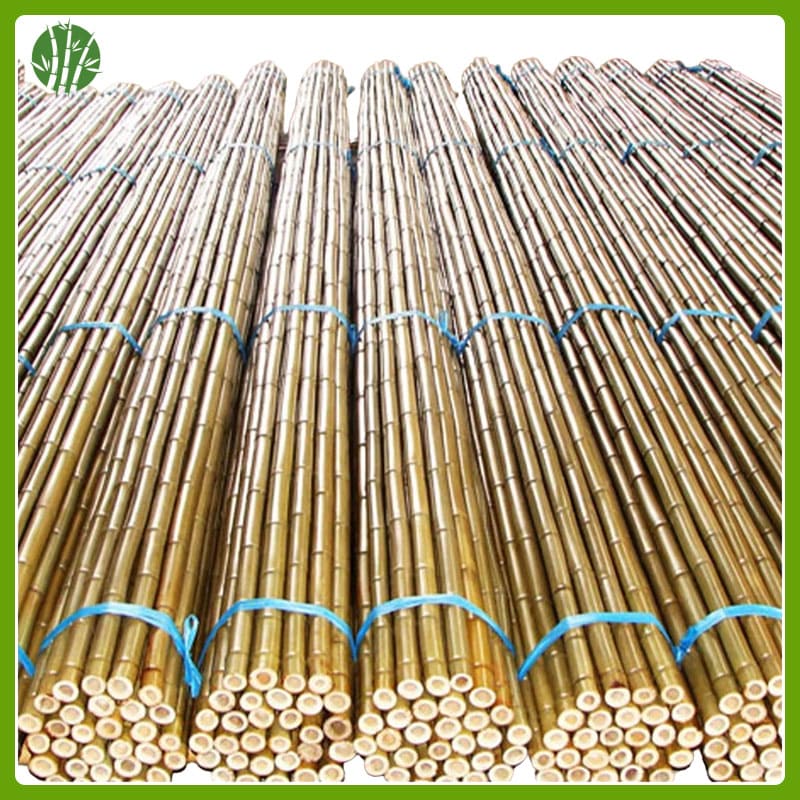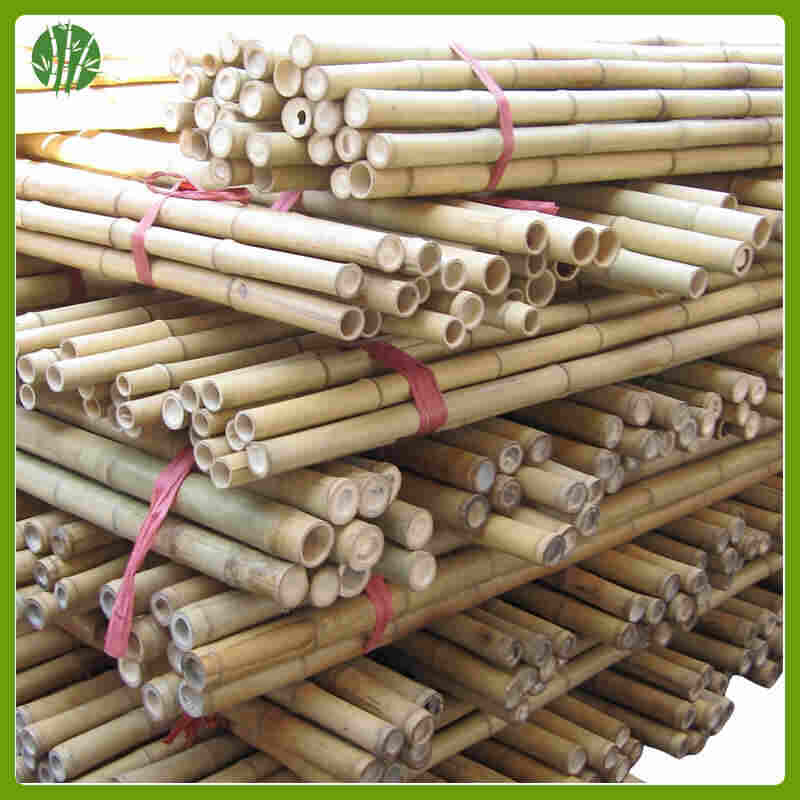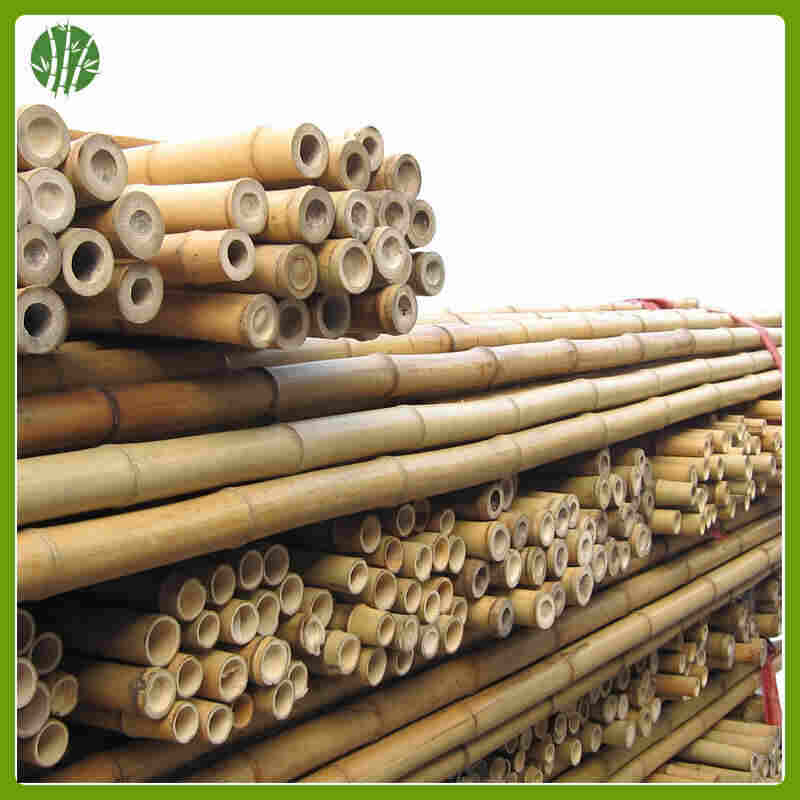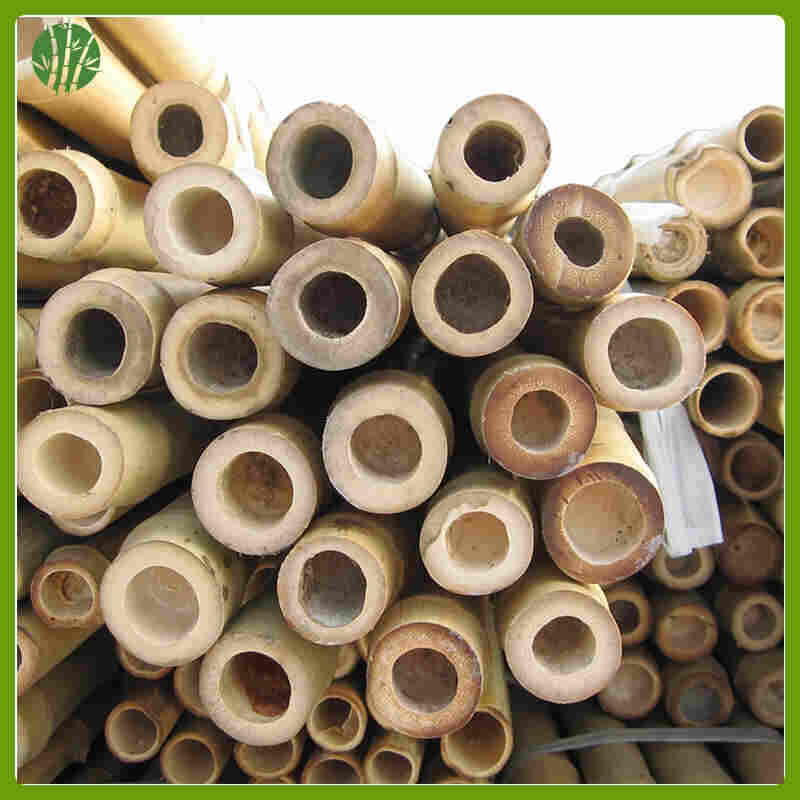Features
As a common tool or material, bamboo cane has the following characteristics:
1. Material characteristics
– Lightweight: usually made of bamboo, fiberglass, carbon fiber or metal, it is light in weight and easy to carry and use.
– Good toughness: especially natural bamboo poles, which have certain elasticity and bending resistance and are not easy to break.
– Durability: high-quality bamboo canes or synthetic materials (such as carbon fiber) are corrosion-resistant, moisture-proof and have a long service life.
2. Physical characteristics
– Variable length: There are fixed lengths or retractable designs to adapt to different uses (such as fishing rods, clothes drying rods).
– Smooth surface: The surface of the treated bamboo cane is smooth to reduce friction; some designs may have anti-slip textures.
3. Functional characteristics
– Multifunctional: used for support (tents, plants), fishing, drying, decoration and even martial arts (such as white wax poles).
– Load-bearing capacity: depending on the material and thickness, it can withstand a certain weight (such as clothes drying rods need to support wet clothes).
4. Environmental adaptability
– Weather resistance: synthetic bamboo canes are resistant to high and low temperatures and are suitable for outdoor use; natural bamboo canes need to be mildew-proof and crack-proof.
– Environmental friendliness: bamboo canes are biodegradable, while carbon fiber poles need to be recycled.
5. Economic and cultural characteristics
– Low cost: bamboo canes are cheap and easy to obtain.
– Cultural symbolism: In East Asian culture, bamboo symbolizes tenacity, and bamboo canes are often used in traditional activities (such as the poles of the Dragon Boat Festival).
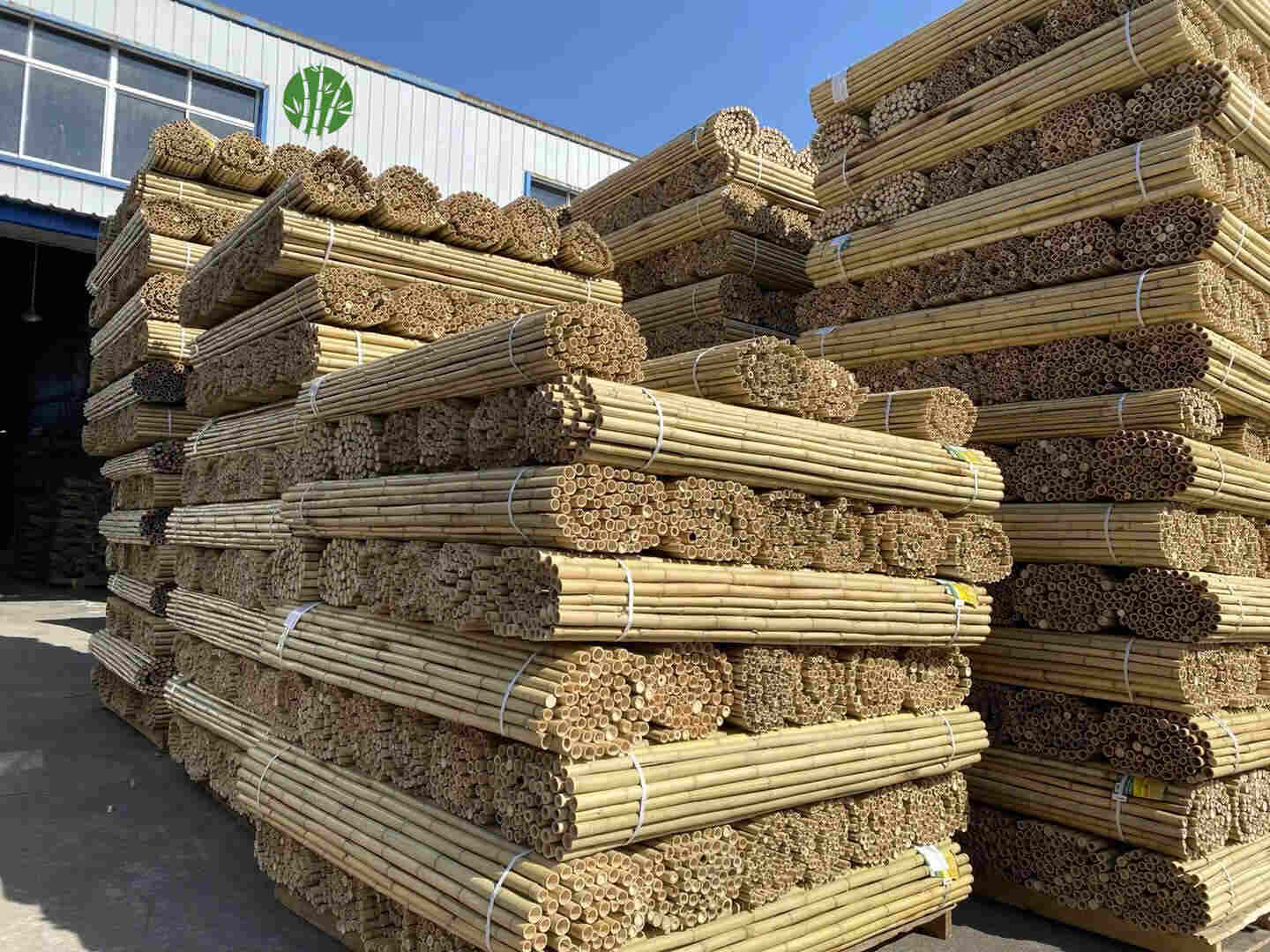
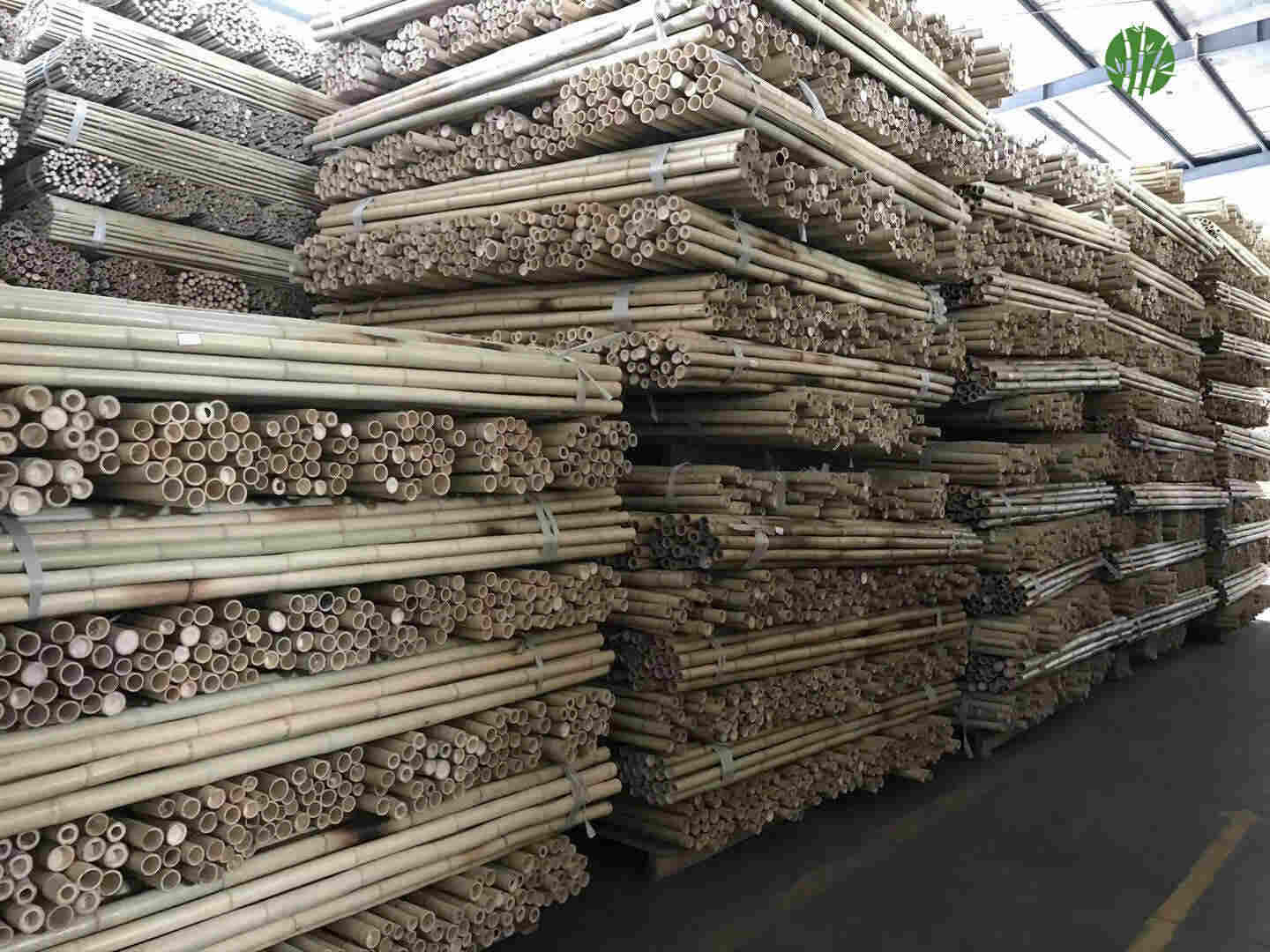
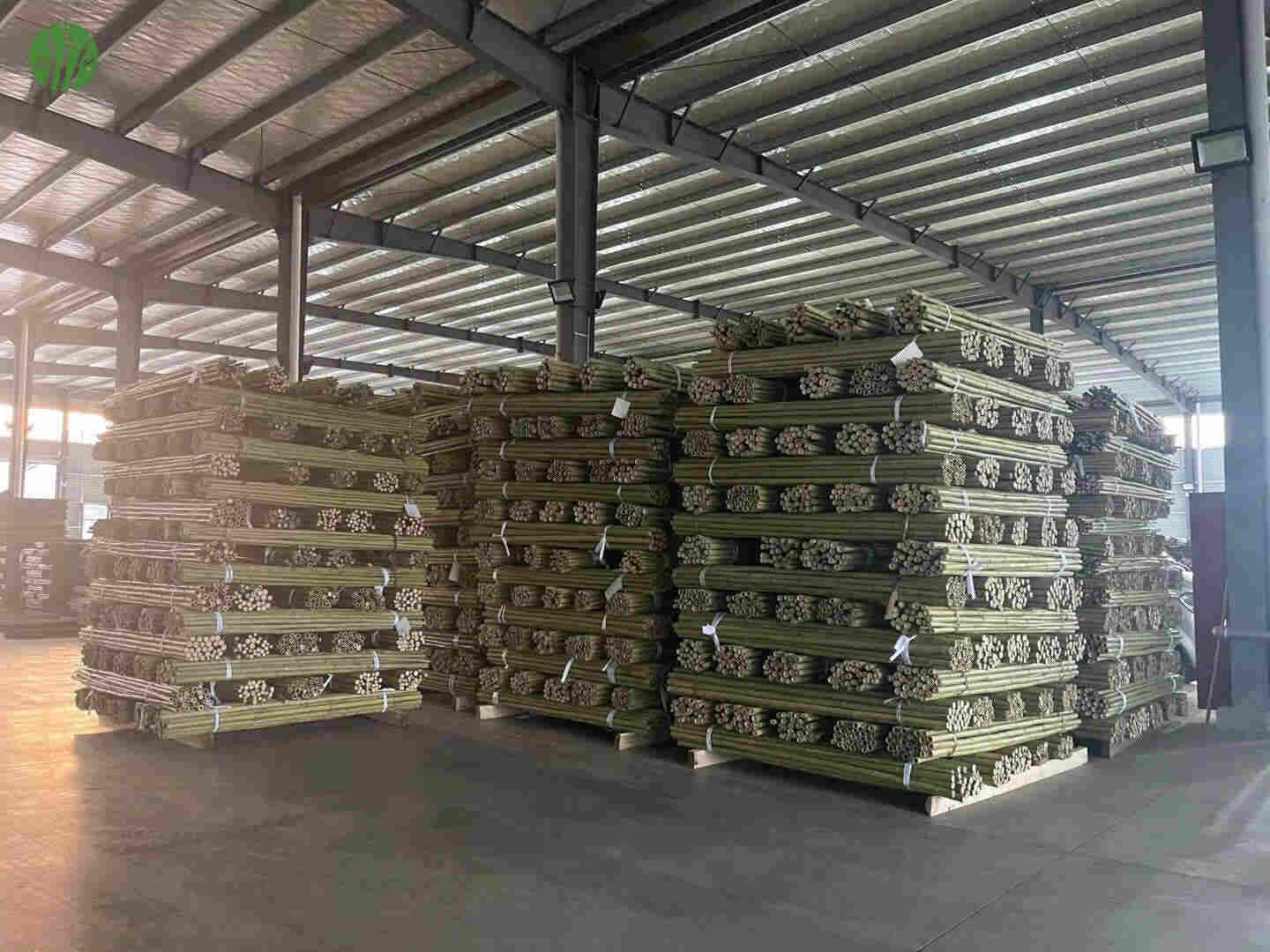
Popular Size List
| Diameter(mm) | Height(cm) |
| 6/8 | 60 |
| 8/10 | 60 |
| 6/8 | 75 |
| 8/10 | 75 |
| 10/12 | 75 |
| 6/8 | 90 |
| 8/10 | 90 |
| 10/12 | 90 |
| 12/14 | 90 |
| 8/10 | 105 |
| 10/12 | 105 |
| 12/14 | 105 |
| 14/16 | 105 |
| 6/8 | 120 |
| 8/10 | 120 |
| 10/12 | 120 |
| 12/14 | 120 |
| 14/16 | 120 |
| 20/22 | 120 |
| 8/10 | 150 |
| 10/12 | 150 |
| 12/14 | 150 |
| 14/16 | 150 |
| 16/18 | 150 |
| 10/12 | 180 |
| 12/14 | 180 |
| 14/16 | 180 |
| 16/18 | 180 |
| 18/20 | 180 |
| 20/22 | 180 |
| 10/12 | 210 |
| 12/14 | 210 |
| 14/16 | 210 |
| 16/18 | 210 |
| 18/20 | 210 |
| 12/14 | 250 |
| 18/20 | 250 |
| 20/22 | 250 |
| 22/24 | 250 |
| 20/22 | 275 |
| 22/24 | 275 |
| 20/22 | 300 |
| 22/24 | 300 |
| 24/26 | 300 |
| 30/35 | 300 |
| 26/28 | 350 |
| 30/35 | 350 |
| 24/26 | 360 |
| 30/35 | 420 |
| 30/35 | 500 |
| 30/35 | 520 |
| 35/40 | 520 |
Bamboo Cane Application Scenario
As a common and versatile tool, bamboo canes are widely used in many fields, including daily life, agriculture, construction, art, etc. The following are some common usage categories:
1. Daily life
– Drying tools: used to hang clothes, bedding, dry goods (such as bacon, dried vegetables), etc.
– Support: such as setting up tents, awnings or temporary awnings.
– Cleaning tools: lengthen mop poles or broom handles to clean dust or spider webs at high places.
– Self-defense/walking: used as a walking stick or trekking pole to assist walking, and can also be used for self-defense.
2. Agriculture and gardening
– Plant supports: support climbing plants (such as beans, cucumbers, grapes) or fragile flowers (such as tomatoes, orchids).
– Repellent tools: drive away birds or small animals and protect crops.
– Irrigation aids: used to set up simple drip irrigation systems or guide water flows.
– Picking tools: lengthen the hook pole for picking fruits (such as dates and persimmons).
3. Construction and Engineering
– Scaffolding materials: to build simple construction frames or support structures.
– Measuring rulers: to temporarily measure height or depth.
– Temporary bridges/handrails: to serve as auxiliary supports in simple projects.
4. Fisheries and Water Sports
– Fishing rods: traditional bamboo poles can be made into fishing tools.
– Boat poles: to support or control the direction of a boat.
– Buoys or markers: to mark the location of fishing nets or the boundaries of waters.
5. Art and Culture
– Traditional crafts: to make kite frames, lantern stands or musical instruments (such as flutes and bamboo harps).
– Dance props: such as the “bamboo horse” or “bamboo cane dance” utensils in Chinese folk dances.
– Decorative materials: for gardening or interior design (such as screens and fences).
6. Other Creative Uses
– Toys/Games: to make simple golf clubs, javelins or children’s toys.
– Emergency tools: to use as pathfinders in floods or to pass ropes during rescue.
– DIY transformation: made into furniture (such as hangers, curtain rods), fences or garden decorations.
Notes
– Safety: Avoid using rotten or cracked bamboo poles, especially when working at heights.
– Environmental protection: Bamboo canes are natural materials, biodegradable, and suitable for replacing plastic products.
Flexible use according to needs, bamboo canes are light, strong and easy to obtain, making them a practical choice in many scenarios.
